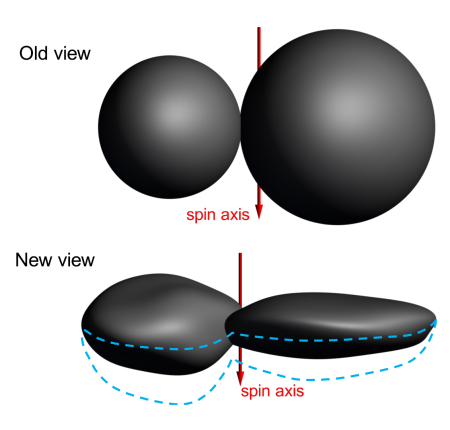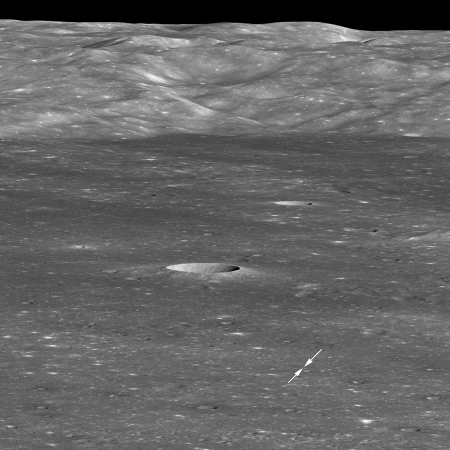Military inspector general to review SpaceX’s launch certification
The swamp attacks! The inspector general for the Defense Department has begun a review of the process the Air Force used to certify SpaceX as a qualified military launch provider.
“Our objective is to determine whether the U.S. Air Force complied with the Launch Services New Entrant Certification Guide when certifying the launch system design for the Evolved Expendable Launch Vehicle-class SpaceX Falcon 9 and Falcon Heavy launch vehicles,” the inspector general said in a memo to Air Force Secretary Heather Wilson sent on Monday.
The only reason I can see for this investigation is that the launch companies that have development contracts with the military — ULA, Northrop Grumman, and Blue Origin — are applying pressure to get SpaceX eliminated as a competitor. And since there are many in the government aerospace bureaucracy who are in bed with these companies and are also hostile to SpaceX, that pressure has succeeded in getting this investigation started.
SpaceX meanwhile has successfully launched one military payload, and has two more military launches scheduled for 2019. Its prices are so low that these other companies cannot presently compete, not without political help. Worse, it appears these other companies, and the Air Force, do not appear interested in reducing the cost of their next generation rockets to become more competitive. Instead, they apparently have decided to turn the screws on SpaceX and get it eliminated as a competitor.
Meanwhile, SpaceX might be doing its own political push back, behind the scenes. At least, why else did two California lawmakers recently demand a review of the Air Force’s rocket development contracts to all of SpaceX’s competitors, but not SpaceX?
All of this has absolutely nothing to do with picking the best and cheapest launch companies to save the taxpayer money. Instead, the entire way our government operates today is completely uninterested in the needs of the nation. The focus of lawmakers and government officials is to play political games in an effort to take out their opponents. And in this battle the country be damned.
The swamp attacks! The inspector general for the Defense Department has begun a review of the process the Air Force used to certify SpaceX as a qualified military launch provider.
“Our objective is to determine whether the U.S. Air Force complied with the Launch Services New Entrant Certification Guide when certifying the launch system design for the Evolved Expendable Launch Vehicle-class SpaceX Falcon 9 and Falcon Heavy launch vehicles,” the inspector general said in a memo to Air Force Secretary Heather Wilson sent on Monday.
The only reason I can see for this investigation is that the launch companies that have development contracts with the military — ULA, Northrop Grumman, and Blue Origin — are applying pressure to get SpaceX eliminated as a competitor. And since there are many in the government aerospace bureaucracy who are in bed with these companies and are also hostile to SpaceX, that pressure has succeeded in getting this investigation started.
SpaceX meanwhile has successfully launched one military payload, and has two more military launches scheduled for 2019. Its prices are so low that these other companies cannot presently compete, not without political help. Worse, it appears these other companies, and the Air Force, do not appear interested in reducing the cost of their next generation rockets to become more competitive. Instead, they apparently have decided to turn the screws on SpaceX and get it eliminated as a competitor.
Meanwhile, SpaceX might be doing its own political push back, behind the scenes. At least, why else did two California lawmakers recently demand a review of the Air Force’s rocket development contracts to all of SpaceX’s competitors, but not SpaceX?
All of this has absolutely nothing to do with picking the best and cheapest launch companies to save the taxpayer money. Instead, the entire way our government operates today is completely uninterested in the needs of the nation. The focus of lawmakers and government officials is to play political games in an effort to take out their opponents. And in this battle the country be damned.








